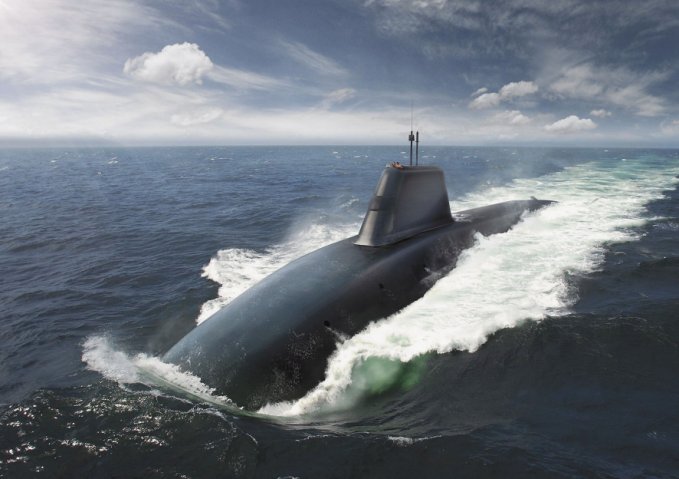
A bridge design contract that will bring the U.K. Ministry of Defence’s effort to replace its aging Vanguard-class nuclear ballistic missile submarines, the MoD announced on Wednesday.
The $415 million award will fund the Successor-class design effort up until a 2016 decision point when the U.K. will decide to proceed with the four-boomer class to replace the Vanguards.
“The release of funding for the design work is within the existing Successor programme’s £3.3 billion [$4.9 billion] Assessment Phase,” read the MoD statement.
“The funding forms part of the MoD’s commitment to spending £163 billion [$242.8 billion] on equipment and equipment support over the next 10 years to keep Britain safe.”
The bulk of the work will be located at BAE’s submarine manufacturing facility in Barrow-in-Furness in Western England.
“The Successor [program] is the largest and most complex project we have ever faced,” BAE Systems’ Submarines managing director Tony Johns said in a statement.
“This funding will now allow us to mature the design over the next 12 months to enable us to start construction in 2016.”
However, the contract award to BAE Systems does not equate to a sure thing the Successors will proceed as planned.
The current government of Prime Minister David Cameron is supportive of a one-for-one replacement of the Vanguards with the new boomers but the odds are in favor of a new regime much less enthused by the need for the U.K. to maintain as large a nuclear deterrent being in power at the time of the final decision.
The Trident program — as the boomers are referred to in the U.K. — was a divisive issue in last year’s referendum for Scottish independence and expected gains of the Scottish National Party in U.K.’s parliament could renew calls for eliminating or scaling back the program.
The opposition Labour party leader Ed Miliband has suggested a “least cost” deterrent implying that a Trident alternative maybe on the table, wrote naval analyst Richard Scott in Jane’s Defence Weekly on Wednesday.
Additionally other political groups in the U.K. have raised the question if Britain needs a Continuous At-Sea Deterrence (CASD).
“The Liberal Democrat party, the junior coalition partner in the current government, has argued against a ‘like-for-like’ replacement of the current deterrent,” wrote Scott.
“While a government Trident Alternatives Review published in 2013 concluded that there was no cheaper credible deterrent option, the Liberal Democrats have called for an end to CASD, and a reduction in the size of the SSBN fleet from four down to three or just two.”
Displacing 17,000 tons, the Successors are planned to field eight Trident II D5 nuclear ballistic missiles.
Though the U.K. deterrent policy is independent of the U.S., the two countries share technology and missile infrastructure.
Both the Successor and the planned U.S. Ohio-class Replacement program (ORP) share a common missile compartment (CMC) and the Trident II D5s.
If the U.K. moves ahead on its current schedule, the first Successor will enter Royal Navy service in 2028.





